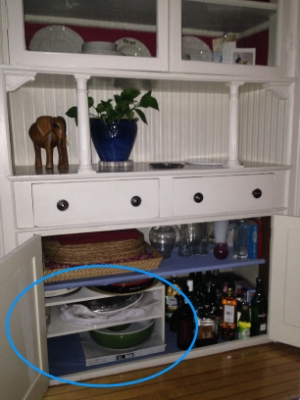5 Tips for International Travel
/International travel is a wonderful experience. Make it easy to enjoy your vacation by taking these 5 steps before your leave:
- Inform your credit card companies that you will be travelling internationally, including the dates you are away and where you'll be, so that they don't mistake your charges as fraudulent.
- Check to see if your phone will work where you are travelling. Determining this can get complicated. Does your phone use the cellular technology of GSM or CDMA? Does your cell carrier allow you to use your phone out of their network? I found this article very helpful for navigating what to do.
- Make sure a trusted friend or family member knows where your important documents are at home, including a copy of your passport and what you are carrying in your wallet (see below).
- Clean out your wallet! You won't need all those store and membership cards, so take them out. Make sure you are only taking the most important cards with you. Consider making a photocopy of everything that is in your wallet and leaving it at home. In case you lose anything it will be easier to recall which credit cards you had with you.
- Consider using the Mobile Passport App. This free app, approved by U.S. Customs, let's you skip the line at some U.S. airports. Fill out the questionnaire on your phone and then go into the "Mobile Passport Control" lane at the airport.


























